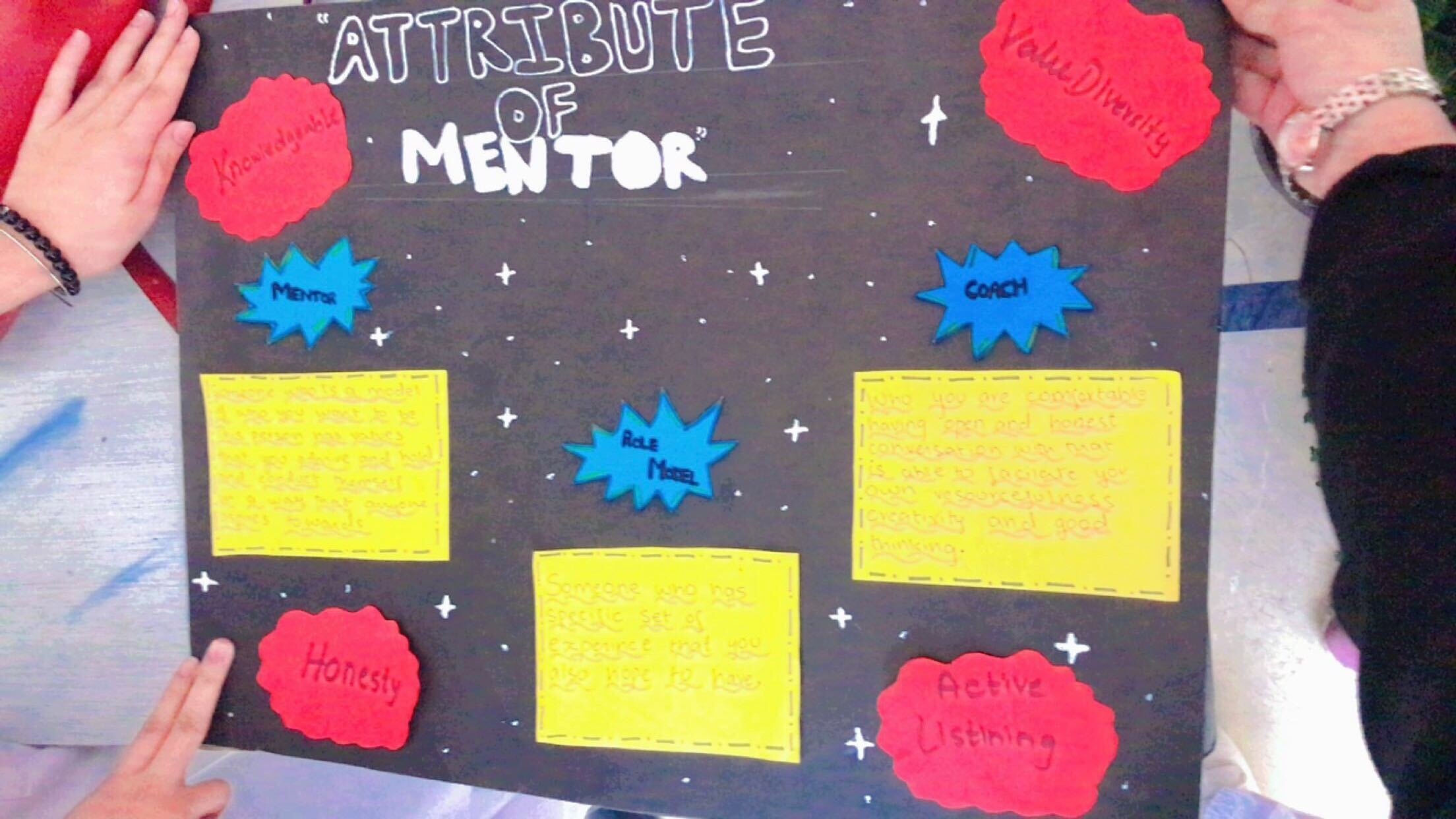Shafaq Irshad
Beaconhouse Jauhar Campus Karachi
Karachi, Pakistan
About Shafaq Irshad
I am Shafaq Irshad, an experienced educator specializing in O & A levels Global Perspectives and Research. My career bridges both the IT and educational sectors, granting me a comprehensive understanding of technology and pedagogy. I hold an MPhil in Educational Leadership and Management, which has equipped me with the expertise to lead and innovate within the educational landscape. For the past seven years, I have been associated with the Beaconhouse School System.
Throughout my professional journey, I have had the privilege of working in all provincial capitals of Pakistan, gaining a wealth of diverse experiences and insights into the nation's educational dynamics. I am deeply passionate about making a positive societal impact, as reflected in my dedicated work on projects for acid burn survivors, visually impaired students, environmental concerns, and advocating for street children. These initiatives are particularly close to my heart and underscore my commitment to fostering inclusive and supportive educational environments.
With a profound passion for education and advocacy, I strive to inspire and empower my students, encouraging them to embrace a global perspective and engage in meaningful research. My goal is to nurture thoughtful, informed individuals who are prepared to make a difference in the world.
How did you learn about The Good Project lesson plans?
Beaconhouse School System, known for its pioneering initiatives in the educational sector in both Pakistan and internationally, decided to engage in a research program. They offered an equal opportunity to all teachers within their network to participate. Among numerous applicants, I was one of the ten teachers selected from across Pakistan to take part in this research endeavor. Our school showed its support by announcing our selection on its official website.
Tell us about the students with whom you are teaching the lesson plans. In which class are you using them? What makes them a good fit for your learners?
Together with my Principal, Dr. Nadia, we decided to introduce lesson plans in the Grade 9 Global Perspectives classroom. A group of 15-17 students enthusiastically participated in this research, demonstrating their commitment to the project.
As the research progressed, the students began to find enjoyment in exploring topics related to their values and beliefs. They started to distinguish between mere work and impactful work, delved into concepts like the 3Es, Rings of Responsibilities, and Dilemmas, and actively engaged in selecting their mentors. Most importantly, they grasped the profound significance of ethical responsibilities on a deeper level.
What has been a memorable moment from your teaching of the lesson plans?
Several memorable moments unfolded in the classroom during our project. The dilemma discussions stand out as some of the most profound conversations the students engaged in. Another impactful activity was the "Value Sort" exercise conducted in the computer lab. Initially perceived as a quick task, it turned into a reflective journey for the students as they earnestly evaluated their values, prioritizing which ones were most significant to them.
The "Mentor and Mirror" activity was equally thought-provoking. Through this exercise, students identified the attributes of their mentors and contemplated how they could embody those qualities themselves. These moments sparked deep reflection and introspection among the students, fostering personal growth and development.
Finally, students began to reflect on whether their efforts in the classroom constituted "good work" or if they were merely going through the motions of completing tasks. They pondered whether their work aligned with the principles of the 3Es - excellence, ethics, and engagement. This introspection encouraged them to strive for meaningful contributions and to understand the significance of ethical responsibility in their academic endeavors.
What do you think are the main things your students are gaining or learning from their experiences with the lesson plans?
From their experiences with the lesson plans, my students are gaining a multitude of valuable insights and skills. Firstly, they are developing a deeper understanding of their own values, beliefs, and ethical responsibilities. Through activities such as dilemma discussions and the value sort exercise, they are learning to critically evaluate their priorities and make informed decisions based on ethical considerations.
The lesson plans are fostering a sense of empathy and social responsibility among the students. Activities like the mentor and mirror exercise prompt them to consider the attributes of exemplary individuals and reflect on how they can embody those qualities themselves, thereby nurturing their capacity for empathy and leadership.
Overall, the lesson plans are providing my students with a holistic educational experience that goes beyond academic knowledge, equipping them with essential life skills, ethical principles, and a sense of social responsibility that will serve them well in their future endeavors.
What do you think other teachers should know before they begin teaching the lesson plans?
Before other teachers begin teaching the lesson plans, it's essential for them to familiarize themselves thoroughly with the curriculum and objectives of the Good Project Lesson Plans. This includes understanding the key themes, concepts, and learning outcomes that the lesson plans aim to address.
Additionally, teachers should be prepared to create a supportive and inclusive classroom environment that encourages open dialogue and critical thinking. The lesson plans often involve discussions on complex topics such as ethics, values, and social responsibility, so it's crucial for teachers to facilitate these discussions respectfully and effectively.
I would advise teachers to join the Community of Practice on Slack and thoroughly review all supplementary materials provided there. Teachers can connect with fellow educators who have successfully implemented these lesson plans in their classrooms. Additionally, the Good Project team offers exceptional support and guidance, both collectively and on an individual basis, ensuring teachers have the necessary assistance to effectively implement the lesson plans.
What are students learning that you feel will stick with them? What changes, if any, do you see in the way they approach certain choices or situations in school or life?
The students are learning valuable lessons that I believe will stay with them long after they leave the classroom. One significant change I observe is in the way they approach choices and situations, both in school and in their personal lives. Through discussions and activities focused on ethical responsibilities, values, and critical thinking, students are developing a heightened awareness of the impact of their decisions on themselves and others.
I see them becoming more thoughtful and deliberate in their actions, considering not only the immediate consequences but also the broader ethical implications. This newfound awareness influences their behavior in various aspects of school life, from how they interact with classmates and teachers to the choices they make in their academic pursuits.
Furthermore, I notice a shift in their approach to challenges and dilemmas. They are more inclined to engage in constructive dialogue, seek multiple perspectives, and consider ethical considerations when confronted with complex situations. This enhanced critical thinking and ethical reasoning not only benefit them academically but also equip them with valuable life skills that they can apply in their future endeavors and contribute positively to society.
What is good work for students?
Understanding the concept of "good work" is crucial for my learners both now and in the future for several reasons. Firstly, it fosters a sense of personal responsibility and accountability. By discerning what constitutes "good work" and striving to achieve it, students learn to take ownership of their actions and understand the importance of integrity and excellence in everything they do.
Moreover, grasping the meaning of "good work" helps students develop a strong work ethic and a commitment to quality and excellence. Rather than merely completing tasks for the sake of completion, they learn to approach their work with diligence, intentionality, and a desire to make a meaningful contribution.
Understanding the concept of "good work" also cultivates a sense of purpose and fulfillment. When students recognize the value of their efforts and the positive impact they can have through their work, they are motivated to pursue endeavors that align with their values and passions, leading to greater satisfaction and fulfillment in their personal and professional lives.
Furthermore, in an increasingly complex and interconnected world, the ability to discern "good work" becomes essential for navigating ethical dilemmas and making responsible decisions. By internalizing the principles of ethics, integrity, and excellence, students are better equipped to address challenges and make ethical choices in both their personal and professional lives.
Overall, understanding the meaning of "good work" empowers my learners to lead purposeful and ethical lives, make meaningful contributions to their communities, and thrive in an ever-changing world.



























